
Iran-Armenia economic ties not affected by U.S. sanctions
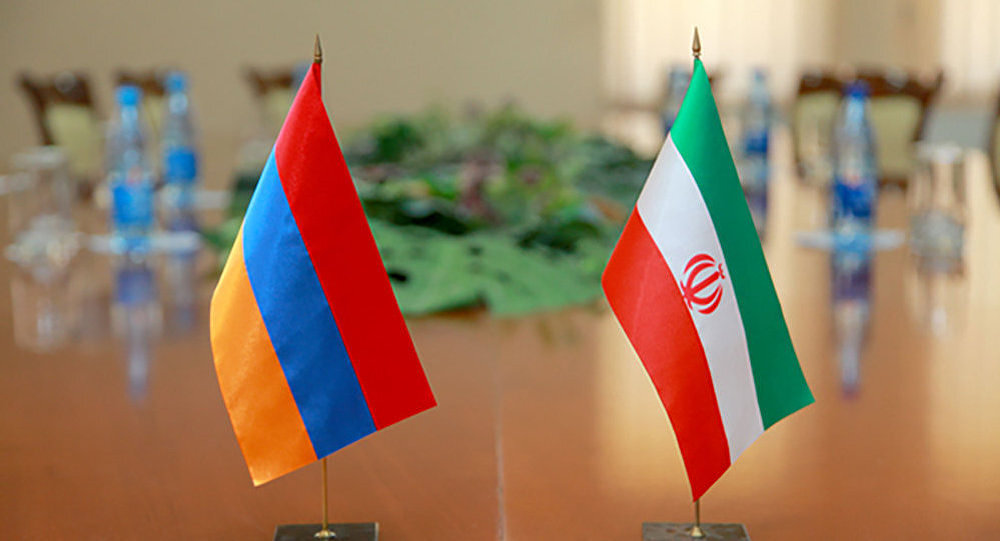
The northwestern neighbor Armenia is one of the countries preserving and expanding its economic relations with Iran regardless of the sanction condition.
It has been several times emphasized by the Armenian officials as during a meeting with Iranian President Hassan Rouhani in Tehran in late February, Armenian Prime Minister Nikol Pashinyan voiced his country’s willingness to boost cooperation with the Islamic Republic in all areas, including agriculture, transport and tourism.
President Rouhani, for his turn, said Iran is satisfied with Armenia’s stance on the irrational and illegal sanctions imposed against Iran by the United States.
Also, during the visit of an Iranian press delegation to Yerevan at the invitation of Pashinyan on Saturday, the Armenian official told Donyaye Eqtesad daily that the U.S. sanctions and its policy of most pressure on Iran will have no effect on Iran-Armenia joint economic projects.
“The two countries are already fulfilling their commitments in their joints projects”, he emphasized.
“Armenia will never join an anti-Iran movement”, the prime minister further reiterated.
Bilateral trade hits record high
As previously announced by Iran’s commercial attaché to Yerevan Mohsen Rahimi, the value of trade between Iran and Armenia has hit a record high of $364 million in 2018.
The official put the worth of Iran’s export to its neighbor at $269 million and said that natural gas, petrochemicals, iron and steel, tiles and ceramics, fruit and nuts have been the major Iranian products exported to Armenia in the past year.
Trade in national currencies on agenda
In a bid to expand their economic and trade ties, the two countries are also investigating the possibility of trade with their national currencies.
“We have proposed to the Armenian president that the two sides establish a financial institution which would operate outside the two countries’ banking systems,” Hervik Yarijanian, the head of Iran-Armenia Joint Chamber of Commerce, said in mid-July.
Mentioning his recent meeting with the Armenian President Armen Sarkissian, the official noted that the president has positive attitude toward Iran and has called for increasing mutual trade between the two countries.
“Exchanging trade delegations, holding exhibitions and maximum utilization of the capacities of the two countries’ private sectors are among the two sides’ intended plans for boosting mutual trade,” Yarijanian said.
Expansion of banking ties required
In a meeting in Yerevan last week, Iranian Ambassador to Armenia Kazem Sajjadi and Governor of Central Bank of Armenia Arthur Javadyan stressed the need for expansion of banking ties between the two countries.
During the meeting, the officials pointed to holding banking seminars and symposiums as important and effective instruments for transferring the two sides’ knowledge and experience in order for expansion of monetary and banking relations.
Reiterating his country's readiness for development of all-out relations with Iran, Javadyan stated “Development of banking relations between Armenia and the Islamic Republic of Iran is on Yerevan’s agenda and I hope that the authorities of the two countries will show greater impetus to enhance the transfer of experiences from both sides.”
Electricity, a major field for expanding co-op
In the way of developing their cooperation in different economic, trade and industrial sectors, Iran and Armenia are paying special attention to the electricity sector.
The two neighbors signed a memorandum of understanding (MOU) in Tehran in early July to expand economic cooperation, especially in the field of electricity.
The MOU was signed by Iranian Energy Minister Reza Ardakanian and Armenian Deputy Prime Minister Mher Grigoryan at the end of the 16th Iran-Armenia Joint Economic Committee meeting.
Based on the MOU, the two sides agreed to complete the construction of Iran’s third electricity transmission line to Armenia by 2020 in order to increase the country’s electricity exports to Armenia to over 1000 megawatts (MW).
Construction of a 100-MW hydroelectric power plant in Armenia was also agreed in the meeting. The power plant will be funded by Armenia’s private sector in collaboration with other interested countries and the produced electricity will be purchased by Iran at a guaranteed price.
The MOU also covers cooperation in a variety of areas including road and railway transportation, customs, standardization, establishing free trade zones as well as industry, mining and trade.
Also on August 29, Iran's Ambassador to Armenia Kazem Sajjadi held talks with Minister of Territorial Administration and Infrastructure of the Republic of Armenia Suren Papikyan to discuss electricity swap between Tehran and Yerevan.
Border FTZs to facilitate bilateral trade
In the way of expanding bilateral trade, Iran and Armenia also take the advantage of their free trade zones (FTZs) which are located on the border with the other side.
During the 16th meeting of Iran-Armenia Joint Economic Committee, which was held at Tehran on July 2, Iranian Energy Minister, who is the Iranian chairman of the committee, emphasized the importance of border FTZs for expansion of trade between the two countries and announced that joint events are about to be held on investment and trade in the free zones of Aras (in Iran) and Meghri (in Armenia).
Also, at the time of inaugurating Meghri Free Zone in December 2017, Armenpress reported that given its geographical position, commercial and logistical capabilities, as well as Armenia’s multi-sector preferential trade regimes, the free zone can become a bridge linking Iran, Eurasian Economic Union and European Union. It is also expected to strengthen economic ties with Iran.


Caterpillar sees US tariff hit of up to $1.5 billion this year

Australia pledges $87M to rescue Trafigura’s Nyrstar smelters in critical minerals push

SAIL Bhilai Steel relies on Danieli proprietary technology to expand plate mill portfolio to higher steel grades

Alba Discloses its Financial Results for the Second Quarter and H1 of 2025
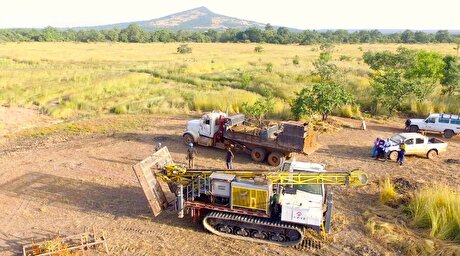
Fortuna rises on improved resource estimate for Senegal gold project
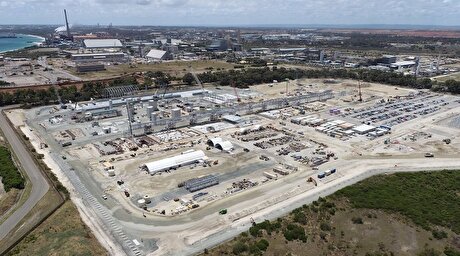
Tianqi Lithium Australia JV says it is prioritizing long-term viability of refinery

Fresnillo lifts gold forecast on strong first-half surge

Copper price slips as unwinding of tariff trade boosts LME stockpiles

Why did copper escape US tariffs when aluminum did not?
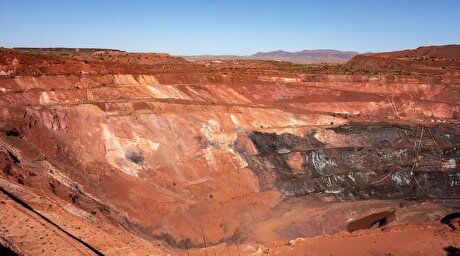
New research reveals source of world’s richest lithium deposits

Century Aluminum to invest $50M in Mt. Holly smelter restart in South Carolina
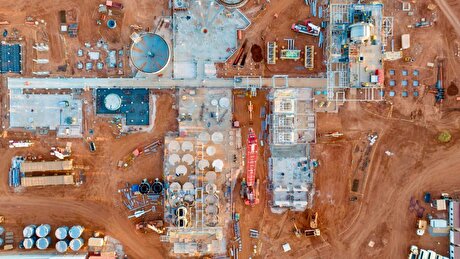
Australia to invest $33 million to boost Liontown’s Kathleen lithium operations
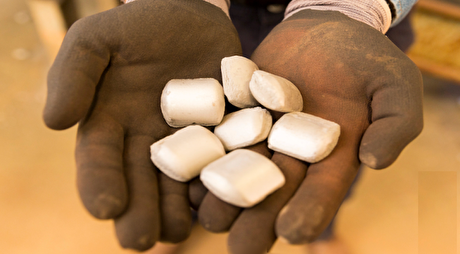
Glencore warns of cobalt surplus amid DRC export ban
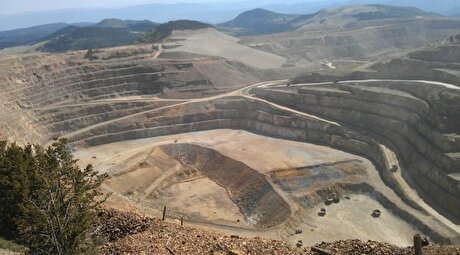
SSR Mining soars on Q2 earnings beat

A Danieli greenfield project for competitive, quality rebar production

China limits supply of critical minerals to US defense sector: WSJ
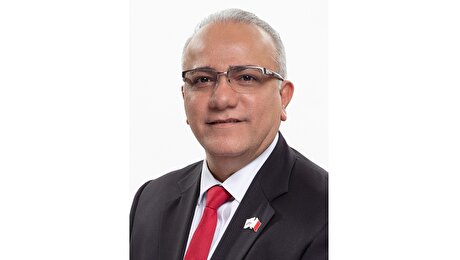
Alba Hits 38 Million Safe Working Hours Without LTI
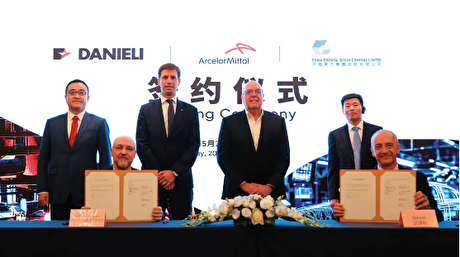
Advanced cold-rolled strip for China’s New Energy Vehicle market

Codelco seeks restart at Chilean copper mine after collapse

Century Aluminum to invest $50M in Mt. Holly smelter restart in South Carolina

Australia to invest $33 million to boost Liontown’s Kathleen lithium operations

Glencore warns of cobalt surplus amid DRC export ban

SSR Mining soars on Q2 earnings beat

A Danieli greenfield project for competitive, quality rebar production

China limits supply of critical minerals to US defense sector: WSJ

Alba Hits 38 Million Safe Working Hours Without LTI

Advanced cold-rolled strip for China’s New Energy Vehicle market

Codelco seeks restart at Chilean copper mine after collapse














